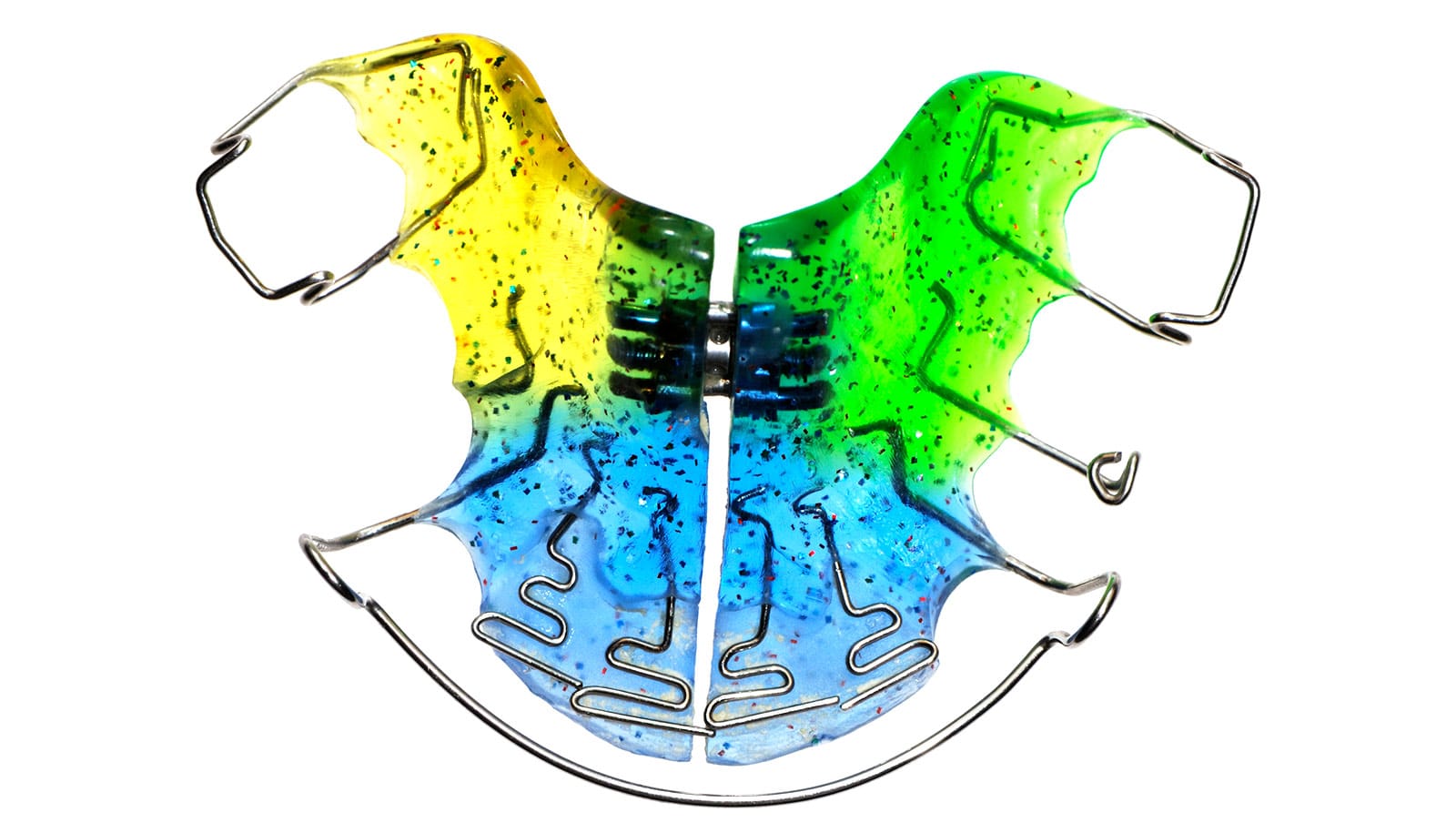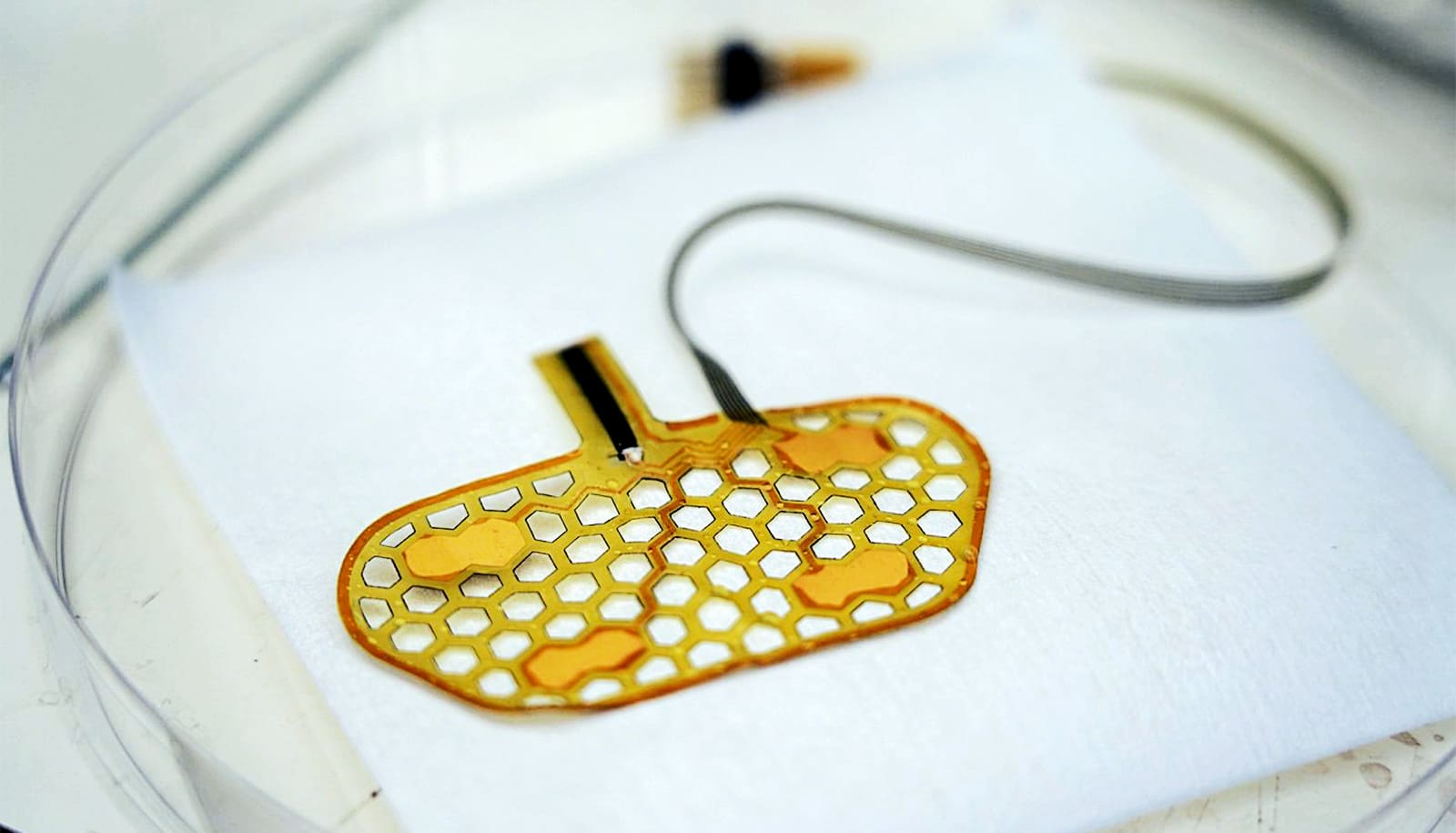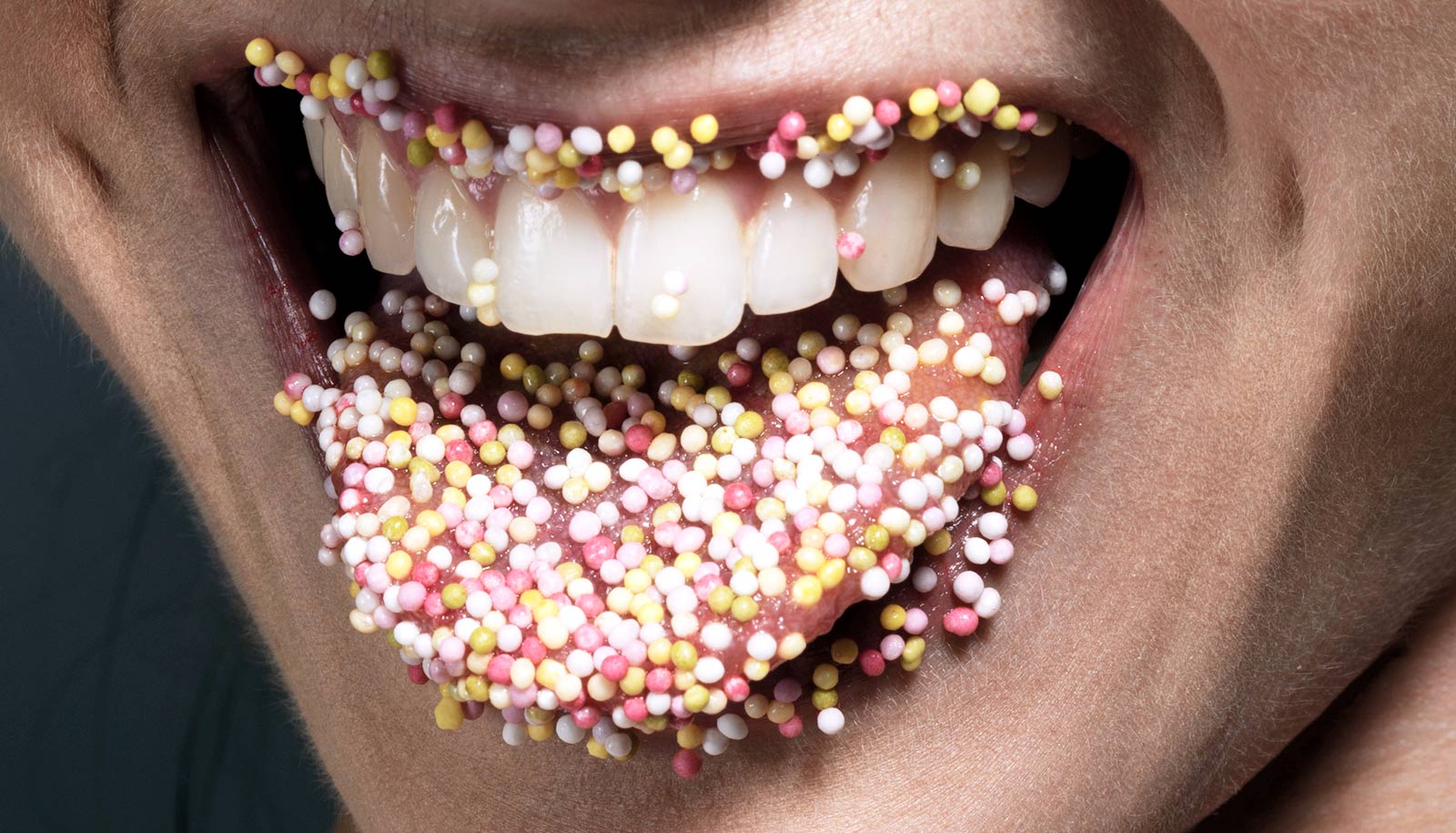A new study is a first step toward building electrical stimulation implants that can restore essential functions of the mouth lost due to nerve or brain damage, say the researchers.
Even the mundane act of swallowing requires a well-coordinated dance of more than 30 muscles of the mouth. The loss of function of even one of these, due to disease or injury, can be extremely debilitating. For these people, nerve stimulation offers a ray of hope to regain some of their lost oral function.
In the new study, researchers have delineated the minimum size of electrical currents needed to provide sensation in different parts of the mouth.
The results of the study appear in the journal Institute of Electric and Electronics Engineers’ (IEEE) Transactions on Biomedical Engineering.

The nervous system coordinates many essential bodily functions via sensorimotor feedback loops. As the name suggests, these neural circuits involve the brain interpreting incoming signals from sensory nerves and then commanding the motor nerves to execute a certain movement. So, for example, sensorimotor loops play a vital role in voluntary functions, like walking or holding an object, and involuntary movements, like sneezing or blinking.
Within the mouth, also called the intraoral cavity, there is a rich supply of both sensory and motor nerves. In particular, sensorimotor nerves in the soft palate and tongue coordinate several intraoral movements related to swallowing, speech, and respiration. And so, damage to either the sensory or motor nerve fibers due to neurotrauma or disease can compromise these essential functions, reducing the quality of life of those afflicted.
Electrical nerve stimulation might help jumpstart the nerves into action, much like how a pacemaker can electrically stimulate nerves in the heart, causing the heart muscle to contract. But unlike a pacemaker, the details on the frequency and amplitude of the electrical currents needed for proper stimulation of different parts of the mouth have not been investigated.
“Electrical stimulation can modulate nerve currents or action potentials, which are the mode of communication to and from the brain,” says Hangue Park, assistant professor in Texas A&M University’s department of electrical and computer engineering. “And so, electrical stimulation should be carefully applied, because if not, then it might cause undesirable effects, or it might not stimulate anything at all.”
To investigate the minimum stimulation currents necessary, Park and his team inserted tiny metal electrodes into a standard dental retainer. These electrodes were positioned in subjects to stimulate either their soft palate or the side and tip of the tongue, which receive a rich supply of sensory nerves. For each of these locations, the researchers slowly changed the amplitude of the stimulation current, keeping the frequency fixed. Then, subjects were asked to report when they just began feeling a sensation and when the sensation was uncomfortable. Next, they repeated the same experiment for a higher frequency of current.
After compiling their data, the team determined the average perception and discomfort thresholds for the tongue and soft palate. In addition, they produced an equivalent circuit of the intraoral cavity to duplicate the electrical properties of that area. This circuit, the researchers say, can help to further study the effects of electrical stimulation offline without requiring human subjects.
The researchers note that their next steps would be to electrically stimulate the intraoral region and investigate how these simulations change chewing, swallowing, and other behaviors.
“Sensorimotor systems can be extremely vulnerable to damage due to neural defects, aging, and neurodegenerative diseases,” says Park. “In this study, we have begun to lay the groundwork for electrically stimulating parts of the mouth that control involuntary and voluntary movements.”
Funding for the study came from the Institute for Rehabilitation and Research Foundation.
Source: Texas A&M University



